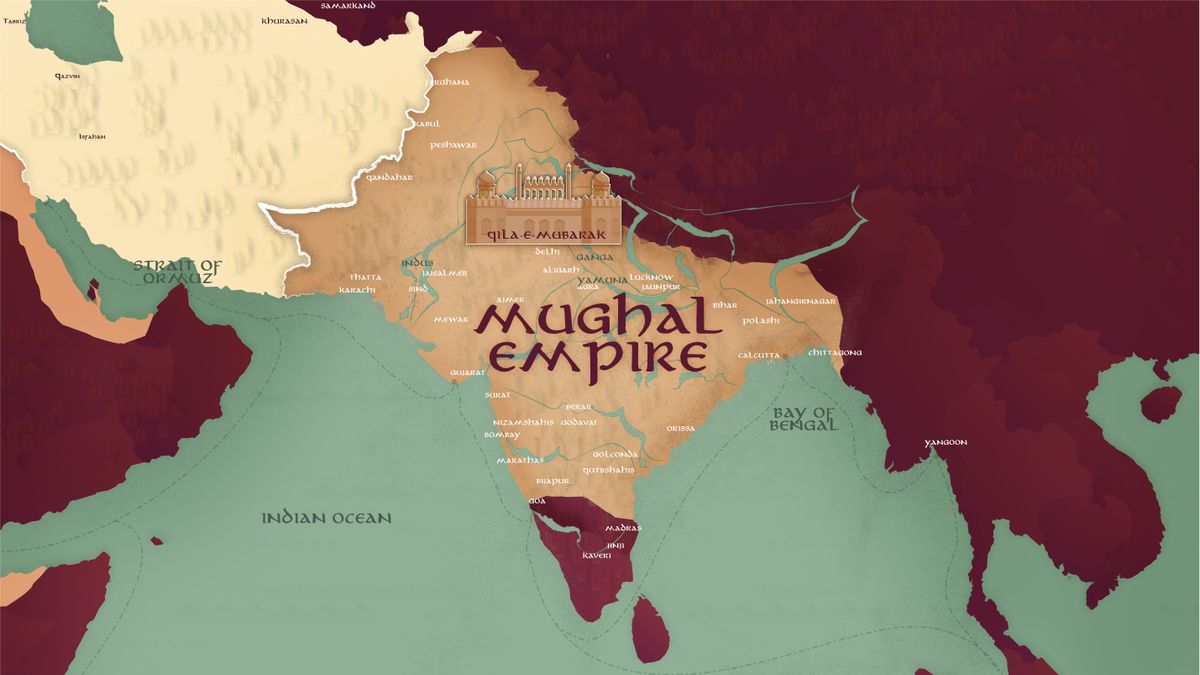Exploring the Geographic Extent of the Mughal Empire: A Detailed Overview
Introduction:
South Asian civilization received manifold influences between the 16th and 19th centuries, especially from the Mughal Empire, which was a crucial historical phenomenon in its own right, through its artistic, political, and architectural creations. The geographic extent is perhaps the best way to understand its global effects. The possibility of the spatial dimension of the Mughal Empire has come up for debate in this blog, which lists the historic territories, key regions, and notable cities.
Geographic Extent:
Our geographical range spans from today’s Afghanistan to Bangladesh and covers the land from Kashmir to the Deccan Plateau, providing a variety of weather, landscapes, and unique cultures.
Northern Frontiers:
Extending beyond contemporary borders of Afghanistan, including the capital city Kabul and the strategic town of Kandahar, this north-to-south frontier provided a pathway toward Central Asia for trading and military campaigns.
Central Heartland:
Located in the rich plains of the Indus and Ganges rivers, cities like Delhi, Agra, and Lahore developed as hubs of commercial and administrative activities. They were a testament to a vibrant combination of architectural styles and cultural fusions.
Eastern Provinces:
Settling in Bengal cities such as Dhaka and Murshidabad not only enriched the Mughal Empire in economic terms but also strengthened its trade routes in maritime waters. This was thanks to the spacious deltaic regions as well as numerous waterways.
Southern Territories:
The Indo-Islamic culture, visible in the architecture of towns such as Hyderabad and Bijapur, spread to districts in the Deccan Plateau supported by rugged hills rising from the plains and fertile valleys.
Western Frontiers:
The area under discussion includes Rajasthan and Gujarat. Here, cities such as Jaipur and Ahmedabad served as defense centers and commercial hubs for the desert lands in the west.
Conclusion:
The Mughal Empire reverberated in every nook and corner of the Indian subcontinent, showcasing the remarkable diversity and consequential global history of the region. Through the tremendously large empire and the various types of landscapes it encompassed, the legacy left by the empire has weathered the test of time and continues to influence society and cultures worldwide.

